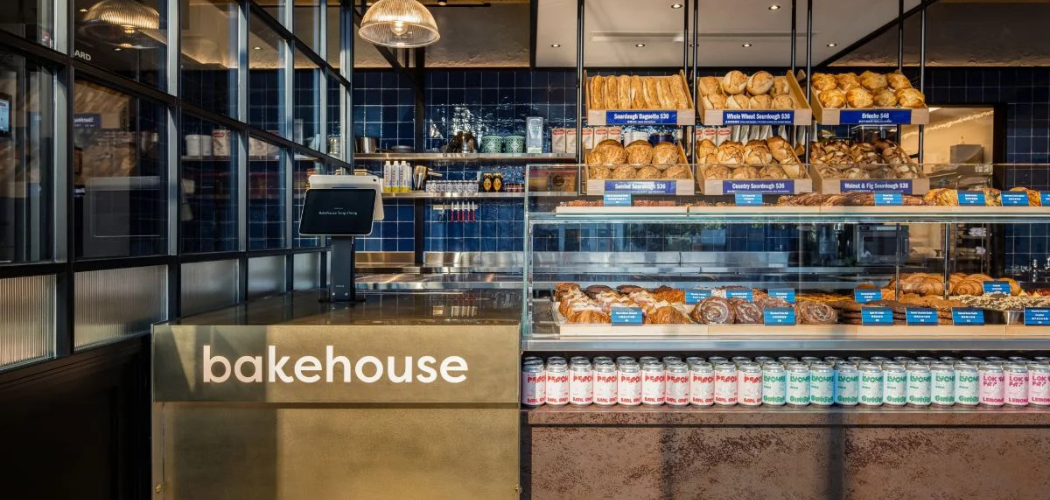It might come in the form of stretch pants, presidential surprises or advice from a pharmacist, but more retailers are wagering that their best shoppers will pay for the privilege of loyalty.
Just ask Lululemon, CVS and Loblaw. These retailers are testing paid loyalty program memberships, both as a way to compete with the likes of Amazon Prime as well as to give their members an air of distinction.
When the average American holds memberships in nearly a dozen reward programs (based on 3.8 billion U.S. memberships, according to the COLLOQUY Loyalty Census), charging for the privilege of rewards may be the most effective option for exclusivity. Loyalty memberships have become so commonplace that the perks members once cherished as special – birthday gifts, free upgrades and the like — are increasingly seen as entitlements.
The result: More retailers will likely begin experimenting with fee-based loyalty program memberships in 2019.
Lululemon Stretches Rewards, CVS Prescribes Attention
What makes the Lululemon, CVS and Loblaw programs noteworthy is that they aim to make shoppers feel special expressly because they are willing to pay for that distinction. In short, they’re servicing an emotional need.
In return, these members have access to benefits that have tangible and emotional value. Among the tests:
At CVS Health, a few extra bucks can buy a privileged customer phone-time with a pharmacist. In November CVS introduced CarePass, a Boston-area pilot program in which customers pay $5 a month, or $48 a year, for special offers and direct pharmacist access. Specifically, members get free delivery within one to two days on most prescriptions and purchases, 20% discounts on certain CVS Health-branded products and $10 in monthly promotional rewards.
The perk that sets this program apart: It gives members round-the-clock access to the CVS pharmacist helpline, through which they can speak with a pharmacist about their medications and other healthcare resources.
Lululemon’s pants used to reveal skin; now they reveal status. The seller of yoga and workout gear is testing a pricier membership loyalty program — and at $128 a year, it’s more than Amazon Prime. In return, members of the program, which piloted in Ontario, Canada, get a free pair of pants or shorts, free expedited shipping and access to workout classes and special events.
Response has been encouraging. Lululemon plans to expand the program to other test markets and it may even raise the membership fee. “We actually feel we can increase the price to the value of the program and the additional services it offers,” Calvin McDonald, Lululemon CEO, recently told analysts. “Most of the first half of 2019 is going to be tinkering with the program.”
Loblaw Cos., the Canadian grocery chain, is giving members of its fee-based program presidential surprises. PC Insider — an extension of Loblaw’s free PC Optimum program — charges $99 a year (or $9.99 monthly). For that members get free online grocery pickup and delivery, an extra 20% back on certain purchases, a home-delivered box of Loblaw’s President’s Choice items, and an annual $99 credit for PC travel bookings.
These last two perks — because they extend beyond the predictable task of shopping — distinguish PC Insider from typical reward programs. The initiative, launched as a test in 2017, proved successful enough that in December Loblaw expanded availability to all PC Optimum members.
Will They Pay Off?
Regardless of the fees collected in each of these programs, their success hinges on the perceived value of the advantages. The shine of exclusivity, even in the forms of grocery-funded travel and 1 a.m. prescription advice, can diminish once shoppers grow accustomed.
After all, fee-based reward programs are not new. What is new is the digital and e-commerce environment in which they are executed. For example, the former Chapters book retailer in Canada (now Indigo) years ago launched a fee-based program, iRewards, entitling members to discounts on book purchases. The goal was to create a “best customer” program structured to make economic sense to those who bought the most books and would thereby benefit financially from the program.
Today, retailers can be more targeted and specific because their operating environments are digital and they have a plethora of data to mine. This allows them to create offers incorporating elements of personalization, accessibility and service not possible before. So membership appeal may be broader, but retailers shouldn’t be surprised if the fee still does not attract the majority of consumers. What matters is attracting those Pareto “80/20-rule customers” who represent the majority of sales and profit.
Here are three ways retailers can keep interest, and fees, alive.
The perk has to have relevant (and controlled) value.Sometimes, the benefits shoppers are willing to pay for include necessities they simply don’t want to be bothered with, such as product pickup and scheduling. Many shoppers would just as soon have someone else manage it. Same goes for the consultations with CVS Health pharmacists about new prescriptions and other needs. When shoppers can have these consultations on their terms and at the times that work best, it puts them in control.
It has to make them feel smart. The paid benefits don’t have to be labeled, but they should be meaningful enough to awash members in feelings of genuine exclusivity. Those “free” Lululemon pants or shorts are like uniforms that separate the paying members from the others, as is access to member-only workout classes. Yet at the same time these benefits are inclusive — available to anyone who deems membership important enough to pay for. This means “smart” also should indicate financial sense — the advantages should carry intrinsic value greater than the fee.
It has to include an element of surprise. All perks, fee-based or free, have a shelf life, and shoppers will grow bored of some of them in time. However, shopper insights gleaned through purchasing data, opt-in surveys and other feedback can provide tips on new rewards that will keep the program fresh. Loblaw’s curated presidential surprises are a good example, though it may find that occasional refresher packages will be necessary to keep interest alive.
Generations of shoppers have proved they are willing to pay for privilege. Privilege, however, evolves. Once the retailer connects with the customer via this strategy, and together they shape and advance the expected experience, then they both will realize that the cost of entry is secondary.
Bryan Pearson a Featured Contributor to The Wise Marketer and is the President of LoyaltyOne, where he has been leveraging the knowledge of 120 million customer relationships over 20 years to create relevant communications and enhanced shopper experiences.
This article originally appeared in Forbes. Be sure to follow Bryan on Facebook and Twitter for more on retail, loyalty and the customer experience.




